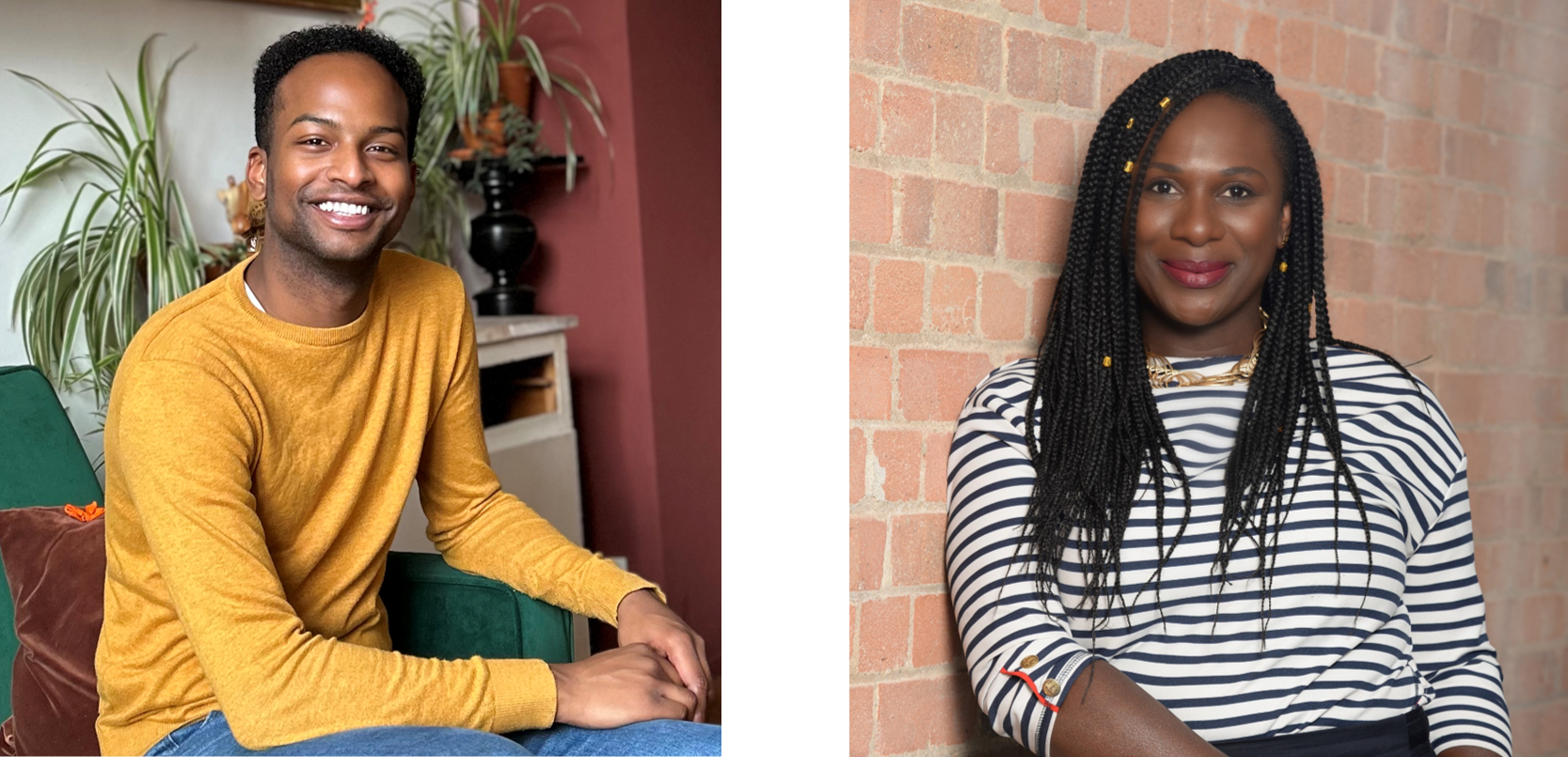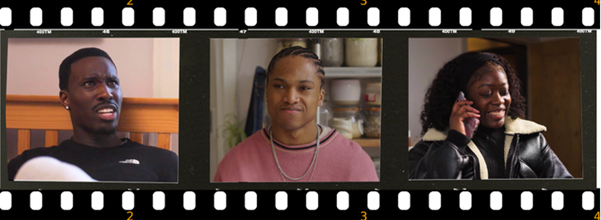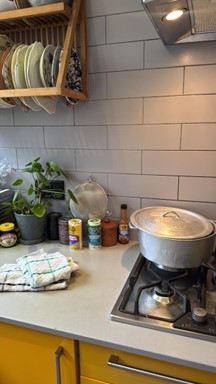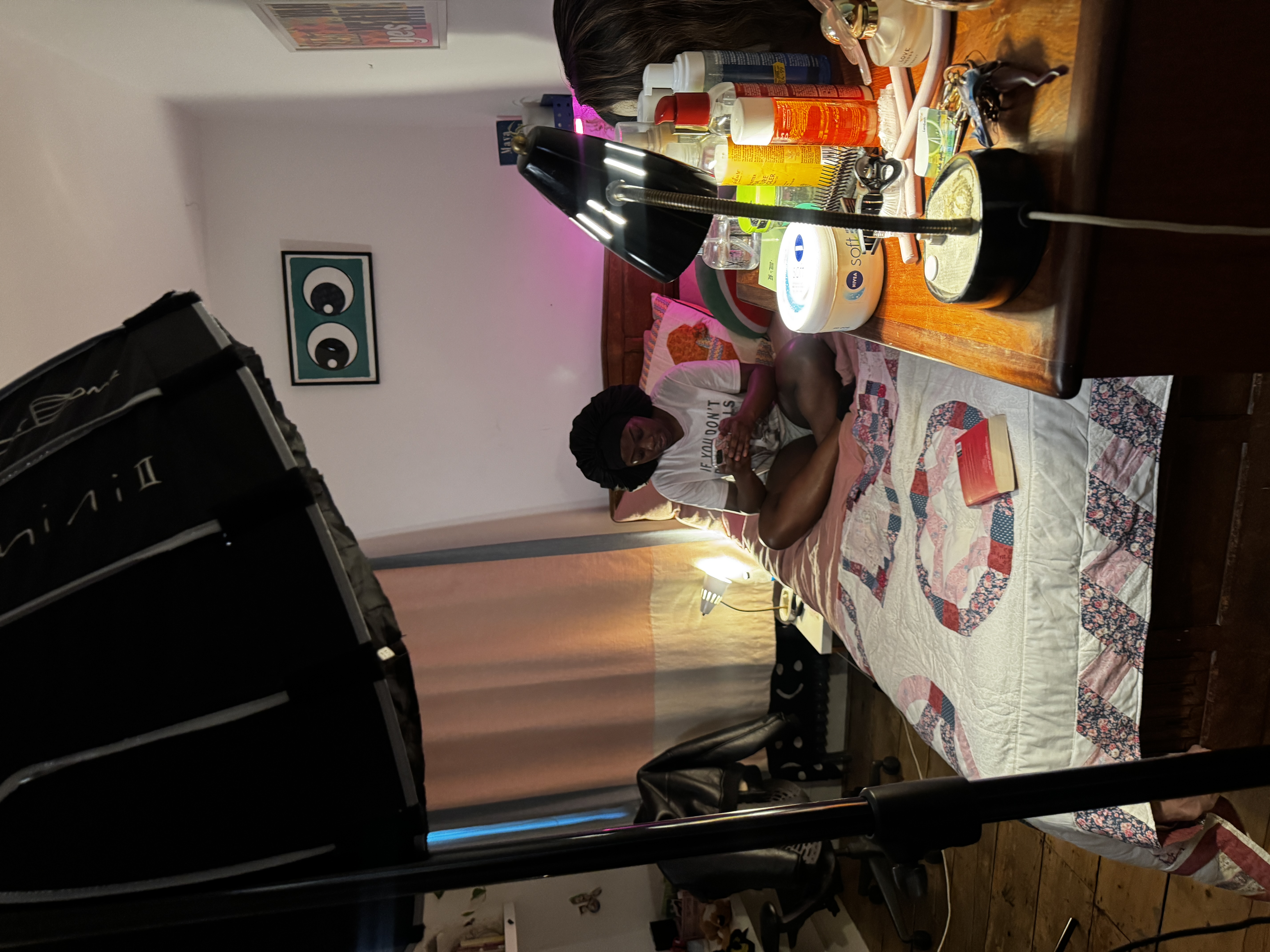LUSTRUM2 is a follow-up study to a five-year programme of research (LUSTRUM) that ended in 2021. LUSTRUM recommended that more research was needed to help more sex partners, across all communities, get tested for STIs (Sexually Transmitted Infections) and blood borne infections, such as HIV and syphilis. Co-production was at the heart of the LUSTRUM2 project, bringing together people from the communities most affected by STIs to shape ideas and create solutions together. LUSTRUM2 was an NIHR-funded research project aimed to improve equity in health research through inclusive health research that puts lived experience at the centre and in a culturally sensitive way.

We co-produced two short films with and for young people, including those from Black Caribbean backgrounds to watch after being told that someone they’ve had sex with has been diagnosed with an STI. The films were designed to be culturally sensitive resources which felt real, relatable, and tackled STI stigma and building STI testing confidence among young people.

We followed principles like inclusion, openness, and mutual respect. In a series of interactive workshops, we brought together young people, community members, and those with lived or professional experience in sexual health, education, and filmmaking. This was true community-led research and an example of patient and public involvement (PPI) in action. Both films reflect youth-centred health research, shaped directly by the communities they were intended to serve.
One group focused on a film that would resonate specifically with young people of Black Caribbean heritage bringing cultural insight and representation into the process. This work is new and important for improving Black Caribbean health equity by co-producing content that speaks to real, lived experience.
Both groups worked on everything—from messaging and storylines to scriptwriting, casting and set design, which included adding culturally relevant items such as kitchen items and hair products.


One co-producer, Taniesha Leandre even starred in one of the films, as the character - Chantelle. This was a powerful example of collaborative filmmaking for health, ensuring the end products (our films) reflected and respected our audiences.

Julion, shares his experience of co-producing the film for young people of Black Caribbean heritage:
One of the key creative breakthroughs in our co production group was our decision to tell three connected stories instead of one. We spent a great deal of time discussing how important it would be for viewers of the film to feel represented in the characters and storylines that were portrayed. Incorporating various elements of Black Caribbean culture into the film, whether that was food or relationship dynamics, consistently came up as a way to ensure that the film resonated with the communities we were hoping to connect with. With the idea of representation at the forefront of our minds, we collectively decided that the film could best convey the messages we wanted to get across by showcasing three separate but related stories.
This was a decision that caused a good bit of back and forth between us co-producers, as some felt that a single story would be more cohesive and easier to follow while others felt that having multiple stories would allow for us to showcase a more diverse set of relationships and interactions. Because of these differing opinions, our guiding principles of sharing power and respecting/valuing all contributions made all the difference in coming to a final decision. These guiding principles helped make sure that we all had an equal opportunity to voice our honest opinions and reminded us to respect each person’s ideas. By staying grounded with these principles, we were able to have respectful, productive conversations about an important aspect of the film which ultimately resulted in us unanimously deciding that telling multiple storylines was the best choice.
For making big decisions like this, it felt great to be in a space that was built on mutual respect and appreciation for all the contributions each co producer made. Knowing that your opinions and ideas would be given value by your fellow co producers made our workshops feel like a very safe space where you could confidently voice yourself with no fear of judgement or criticism. This safe, respectful environment we created was rooted in our guiding principles and I believe is what helped us make a lot of key decisions seamlessly.
Everyone who took part in the co-production groups was invited to think about how the process was going and to share honest feedback. We used surveys at the beginning, middle, and end of our journey together. This helped us learn what was working well, what could be improved, and make changes along the way to give everyone a better experience.
In our first survey, co-producers working on the film for young people from a wide variety of backgrounds shared ideas to make the workshops more inclusive—like using smaller breakout groups, shorter presentations, easier access to resources, and options for anonymous input. We took this feedback seriously and made changes. Later surveys showed the improvements were noticed and appreciated. Although workshops stayed online to allow evening access and manage the budget, this also meant we could include people from across the UK.
To keep things engaging, we used online whiteboard tools like Padlet and Mentimeter to encourage interaction and replicate the creative energy of in-person sessions. This helped maintain connection and spontaneity throughout.

In the final evaluation survey, one of the co-production groups described the main strengths of the project as:
- The diverse range of experiences that we had as a group and the ability for us to bring these together
- Listening, humility, community
- Taking everyone's opinions into account and being fair
- The [research] team were open to striking a balance between budgetary/time constraints and ensuring the work was done properly
- Assessing technical aspects
- We were really listened to and everything we said was applied
- Organisation, collaboration and communication
- The organisation of the researchers
- Cultural sensitivity, openness and informative
- These evaluation surveys and taking on feedback throughout (the end product I think will also make a difference to people
We asked the group what could have been better and how to improve in future. They shared:
- I think that we collaborated well, but I don't think we really got to know each other well and it's kind of sad that [we] probably won’t stay in touch
- Time constraints
- Resources / funding
- Budget is always a limitation, and time pressure meant the end of the project moved very quickly
- When there was a minority who disagreed with the majority of the group it led to difficulty making a decision
What went well from Julion's perspective
- The goals and purpose of the project were clearly defined and were reiterated which helped us to stay on track with the conversations we were having in the workshop. We consistently revisited the six key messages that had to be included in the film, giving us a clear direction and vision for how we wanted to convey those messages.
- The guiding principles that we set at the very beginning also ensured that all co producers felt that their contributions were valued. This encouraged us to voice our opinions openly and freely.
- Prior to the workshops we would have small tasks to complete, such as watching videos or completing a worksheet. These tasks helped me feel prepared and more confident about what I could contribute to the workshops.
Why the experience was meaningful
The experience was meaningful because the work we were doing went towards representing a community that is often overlooked in the media and in health outreach projects. As a group of young Black Caribbean people ourselves, we were contributing authentic ideas from our own personal perspectives and experiences that would help create a film which people could relate to.
Finding out about a positive STI test can be a scary, isolating, and stressful experience. It was rewarding to be working on a film that had the potential to make people feel more supported and empowered if they found themselves in this situation.
What we took away from it
Prior to working on LUSTRUM 2, I had never heard of co-production before, so I was both excited and a bit nervous about participating in this project. At the very beginning I wasn’t entirely sure what to expect or what my contribution would look like. However, by the end of the project I felt I had a knowledge of an entirely new way of doing research that was engaging and exciting. It was a great experience for learning first-hand how a co-production project works and even for simply better understanding how to build synergy within any team when working towards a common goal. My LUSTRUM 2 experience was incredibly rewarding, and I am proud of what we all were able to accomplish together with this project.
What could be improved next time?
Because of how in depth our conversations would get, there were moments where it felt like we ran out of time whiles sharing some great ideas. The amount of time we had was of course out of our control, but in a perfect world I feel that if we had one more workshop or some extra time per workshop, we could have explored certain themes and ideas even further.
Julion’s comments about time pressures really resonated with others in the group too. Across both co-production groups, people shared thoughtful feedback about what worked well and what could be improved.
Based on reflections from Julion and both LUSTRUM2 co-production groups, we have produced some practical tips (available as a PDF or Word document) to support better, more inclusive co-production in future projects.
Cover image credit: Canva Pro




.png)
.png)






.png)
.png)